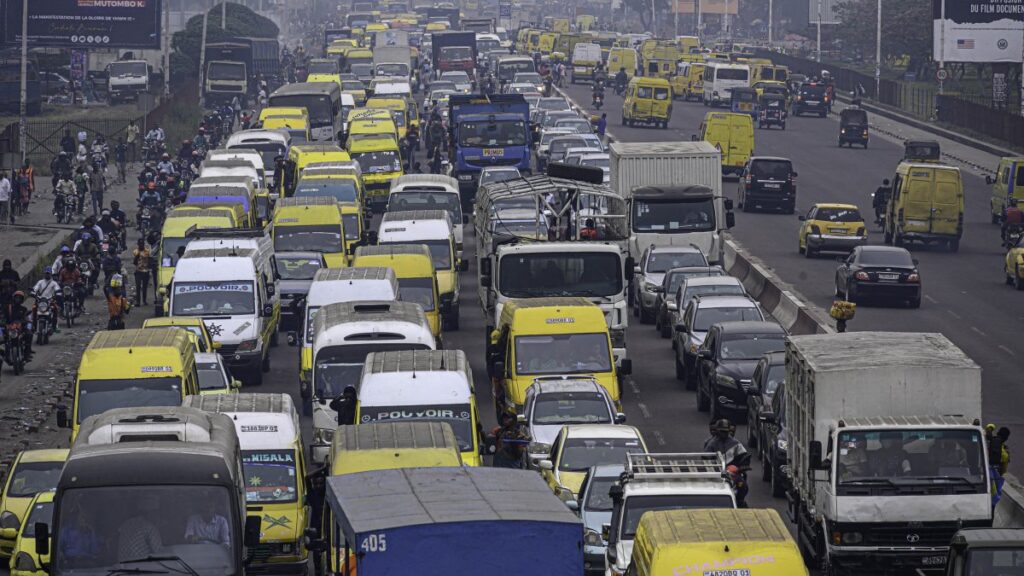Analyzing the Rise of a Regional Power Within the East African Community
CSIS Report by Mvemba Phezo Dizolele, Balingene Kahombo, and Beverly Ochieng
Published February 21, 2025
This report analyzes Kenya’s political and economic influence in the EAC through the nation’s initiatives in the DRC as Kenyan President William Ruto takes up the rotational leadership of the bloc for the next year.i The EAC now comprises eight member states: Burundi, the DRC, Kenya, Rwanda, Somalia, South Sudan, Tanzania, and Uganda. The report explores the impact Kenya has had on expanding the regional bloc over the last five years (2019–2023), Kenya’s influential role in stabilizing the region, and how Kenya’s intervention in the DRC has consolidated business interests that were established in 1967 when the two countries first forged diplomatic relations.
This report also focuses on challenges and opportunities around Kenya’s economic initiatives in the DRC. It deals with Kenya’s financial initiatives, analyzing how they spur private investment in the country and their impact on trade at large with other members of the EAC. The aim is to understand how Kenya is rising as a regional power within the EAC by extending its influence across other member states, especially the DRC. This study is mainly qualitative.
This report, which draws from a review of academic literature, official documents, and commentary on the EAC, is based on field research conducted in Nairobi, Busia, and Mandera, Kenya, and in Kinshasa and Goma, DRC, in the fall of 2024. At the request of the interviewees, their comments have been kept anonymous. In conducting this study, the researchers met with a broad cross section of informants: government officials, trade association leaders, business operators, youth leaders, diplomats, current and former politicians, independent journalists, local political analysts and academics, and military officers.
While Kenya’s presence in the DRC may be traced to the 1960s, when the two countries achieved independence, relations between them reached new levels following DRC President Félix Antoine Tshisekedi Tshilombo’s rise to power in January 2019. When the DRC joined the EAC in April 2022, a new dynamic emerged, increasing Kenyan investments in key strategic areas, such as the financial system, aviation, and the oil and energy sectors, and earning Kenya a significant, influential position in the Congolese economy. While these investments benefit the DRC to some degree, they also have a negative impact on a country that has limited industrial output. The DRC has a consumer market where local investors and companies do not compete as they would in a more liberal economy.
This report provides explanations for this recent dynamic in Kenya’s economic initiatives, specifies the implications for the DRC and the region, and sheds light on the initiatives’ prospects by interrogating—using a strengths, weaknesses, opportunities, and threats (SWOT) approach—the chance for Kenya to maintain its current position or to increase its influence, even if a change of government occurs in the DRC. The conclusion offers recommendations.

